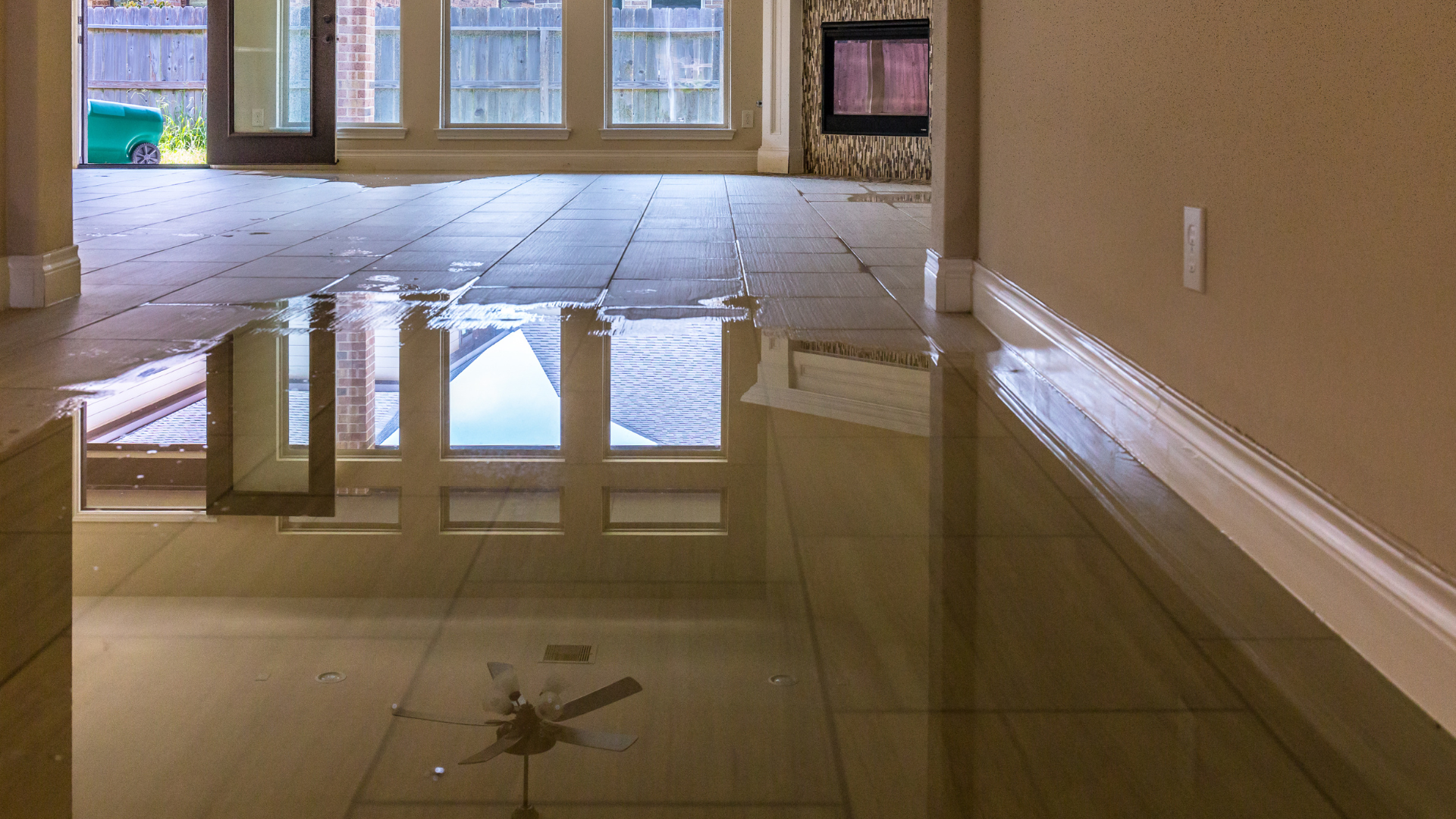
To avoid more problems, water damage repair is a crucial duty that has to be completed directly. When faced with water damage, people usually have two major options: either hire a knowledgeable restoration agency or plan to handle the restoration process on their own. We'll examine the benefits and drawbacks of every choice within the next conversation to help you make a wise choice. You'll choose which course of action is best for your particular circumstance by knowing the advantages and disadvantages of both professional and do-it-yourself water damage restoration.
Let's start with the DIY method for Water Damage Restoration Charleston, Sc. Cost-effectiveness is a major advantage. Since they will buy the supplies and do the repair themselves, tons of people choose this feature to save lots of money. DIY restoration, however, couldn't have the knowledge and tools required for a correct restoration, which could end in shoddy fixes and further issues down the road. However, working with a knowledgeable water damage repair agency guarantees a fast and effective recovery. Experts are equipped with the knowledge, expertise, and resources needed to manage water damage efficiently, reducing the likelihood of future problems.
It's critical to thoroughly consider the advantages and disadvantages before deciding whether to take on the task yourself or hire a reputable water damage repair service. Albeit doing it yourself could economize, it'd need to gain the knowledge required for a radical restoration. On the opposite hand, professional services are costlier but offer comprehensive and effective restoration. You'll make an informed decision that best meets your demands and guarantees the effective restoration of your home by considering these aspects.
DIY Water Damage Restoration
There are several advantages to think about when brooding and doing all of your water damage restoration. It's going to be a fairly priced option for people with limited resources. Another benefit is acting directly instead of delaying seeking expert assistance. Moreover, taking over water damage restoration could also be a satisfying experience for people who prefer doing hands-on tasks.
Conversely, there are drawbacks to doing all of your water damage repairs. Inadequate knowledge and tools might end in an unfinished repair. Improper repair methods will increase the prospect of future damage or the formation of mold. The procedure also can be physically taxing and time-consuming, particularly if there's significant damage.
Although doing all of your water damage restoration yourself might economize and supply quick results, there are drawbacks also, like the likelihood of further damage and inadequate restoration. When determining whether to require the duty yourself, it's important to consider these issues carefully.
Professional Water Damage Restoration
It's critical to balance the advantages and disadvantages of hiring a knowledgeable water damage restoration company. Professionals guarantee an entire and effective repair procedure by bringing knowledge and specialized equipment. Due to this experience, there's less chance of secondary harm and a quicker turnaround. Professionals also offer paperwork and knowledgeable assessment, both of which are essential for insurance claims.
However, one must also consider the drawbacks of hiring a specialist to repair water damage. Professional services are usually costlier than do-it-yourself projects. AdditionallyAdditionally, the restoration procedure could be delayed due to the dependence on the accessibility of expert services. Finally, compared to do-it-yourself techniques, choosing professional repair entails abandoning some control over the procedure.
Professional water damage restoration professionals provide expertise, specialized tools, and effective restoration procedures. But the worth is bigger, and counting on service availability, there could be delays. The trade-offs between cost, efficiency, and control over the restoration process should be taken under consideration when choosing between professional and do-it-yourself restoration techniques.
Conclusion
The blog post outlined important things to believe when choosing between do-it-yourself and hiring a contractor for Water Damage Restoration Charleston, Sc. It stressed how important it is to assess financial restrictions, timeline limits, and, therefore, the extent of the harm. It's advised that readers carefully weigh the benefits and drawbacks of every choice before choosing the simplest course of action to affect water damage in their houses. Opt for the professional services from EAS Environmental to have peace of mind. They have a team of experienced and skilled professionals who can offer the needed guidance and advice as per your needs and preferences.
Contact EAS Environmental Today!
EAS Environmental will do everything we can to ensure your experience with us is excellent.
Request A FREE Estimate
Request a Free Estimate Form
Checkout Recent Post




Got a Question? We’re Here to Help.
You can arrange an appointment or make an enquiry by phone or email, orget in touch to us via our contact form.

